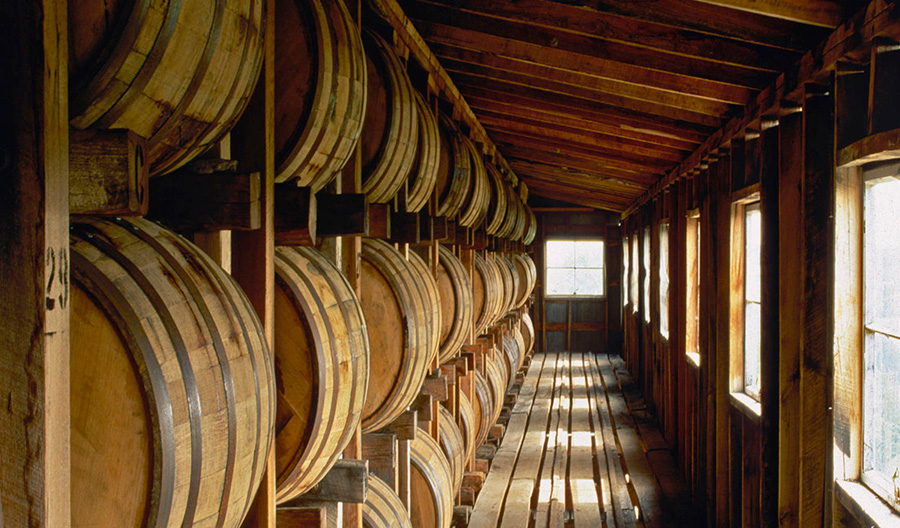On the Bourbon Trail
This spirit is an American classic and it is America’s only native spirit, as declared by Congress in 1964. It comes in multiple iterations depending on the grain from which it is distilled and how many years of aging it goes through.
Bourbon is as beloved neat as it is on the rocks, and it has played a major role in a number of classic cocktails: particularly the Old Fashioned and the Manhattan, which have both been popular cocktails for over 100 years. A visit to Bourbon County, just outside of Lexington, Kentucky, illuminates some of the details of how bourbon is produced.
How Kentucky Bourbon is Made
Hot summers and cold winters—combined with unique local limestone water—make Kentucky Bourbon unique. Every barrel is aged differently, and regulations are stricter for its production than for whiskey. Surprisingly, Bourbon can be made anywhere in the United States. However, 95 percent of the world’s supply is produced in Kentucky, according to the Kentucky Distillers’ Association (KDA).

Kentucky bourbon must use at least 51% of corn as the base grain and the other grains such as rye, malted barley, and wheat are selected by each distiller, according to KDA. It must be aged in charred new oak barrels, stored at no more than 125 proof, and bottled at no less than 80 proof. Most bourbon production starts with sour mash, which is similar to a sourdough starter. It is taken from a previous batch of mash—crushed grain from the fermentation process—and set out to sour overnight before being added to a new batch.
All bourbon must be aged for a minimum of two years and many premium ones are aged for between five and twelve years, with some seeing more than two decades of aging. The barrels used must be brand new, made of white oak and are charred on the inside. By law, nothing else can be added to enhance the flavor at bottling except water. It is then bottled at between 80 and 125 proof. Only water may then be used to lower the proof of the alcohol.
Almost all the state’s distillers blend the final product according to their unique house style to keep it consistent. Bourbon—similar to Cognac and wines such as Champagne—is crafted year-to-year in a way that maintains and preserves a brand consistency for each Bourbon house so the taste profile stays uniform.
Whether neat, on the rocks or in a cocktail, the bottom line is you can mix almost anything with bourbon, and this uniquely American spirit has never been more popular than it is right now.

